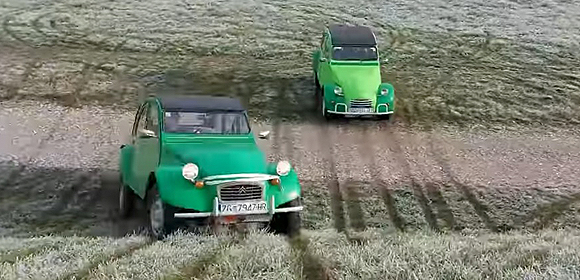When André Citroën touted the merits of front wheel drive in the late 1920s and gambled the future of the company on building the Traction Avant, he set a course for Citroën, and many automobile manufacturers, to choose front-wheel-drive as the best means to propel a vehicle in both normal and adverse road conditions.
By placing a box of matches on a table, and pushing the box with a one match at the rear, André demonstrated to investors that it was difficult to maintain direction in a straight line. However, by placing that same match in front to pull the Matchbox (simulating front wheel drive) he showed that it followed the desired path.
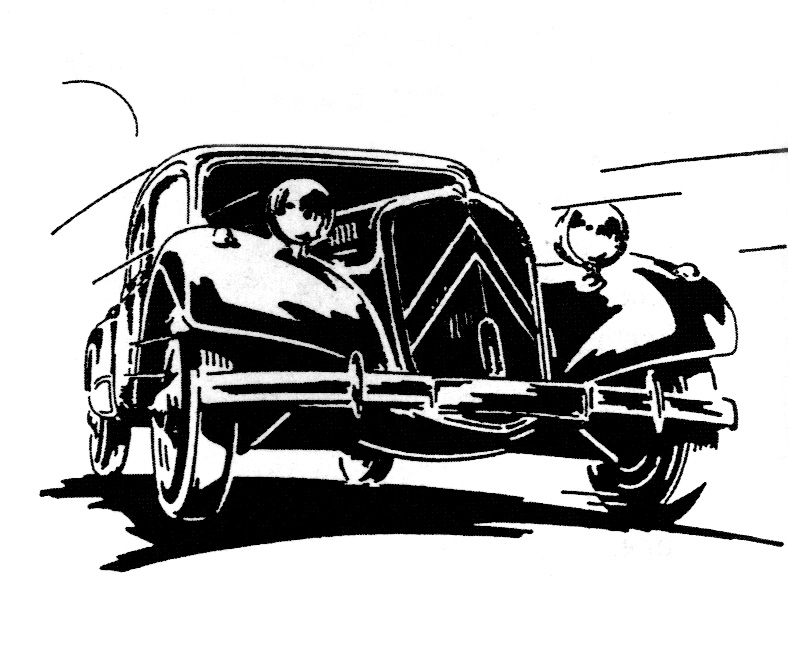
Granted, utility vehicles like Jeep and Land Rover came to market offering four-wheel-drive but by and large they were built for a niche market wanting off-road ability. With the exception of a few 4WD Japanese offerings in the 1970s, notably from Subaru, and the all-wheel-drive Audi Quattro and AMC Eagle introduced in 1980, it was not until the 21st century that all-wheel-drive began to be offered in mainstream vehicles to out-perform FWD. Even then, the added weight of drive train components and reduced fuel consumption still gave favour to FWD while rear-wheel drive vehicles needed to incorporate sophisticated computer technology to tame their tail-out handling when pushed to the limit.
The same FWD principle as the Traction Avant was applied to Citroën’s next revolutionary offering — the 2CV. We have shown before how well the front-wheel-drive drive 2CV can go through snow, arguably better than most other cars not just because of it’s engine over the front wheels providing both weight and power, but the narrow tires that slice through snow to grip the road’s surface.

While Citroën went on to build other innovative models like the DS and H Van, 2CV adhesion development continued within the company. The famed 2CV Sahara 4×4 equipped with 2 engines and 2 gearboxes, offering not only 4WD but engine weight over all wheels and full redundancy in the event of failure of one of the drivetrains. Citroën also offered a front engine 4WD set-up in the 4×4 Méhari (the ABS bodied utility version of a 2CV utilizing the same frame, suspension and engine).
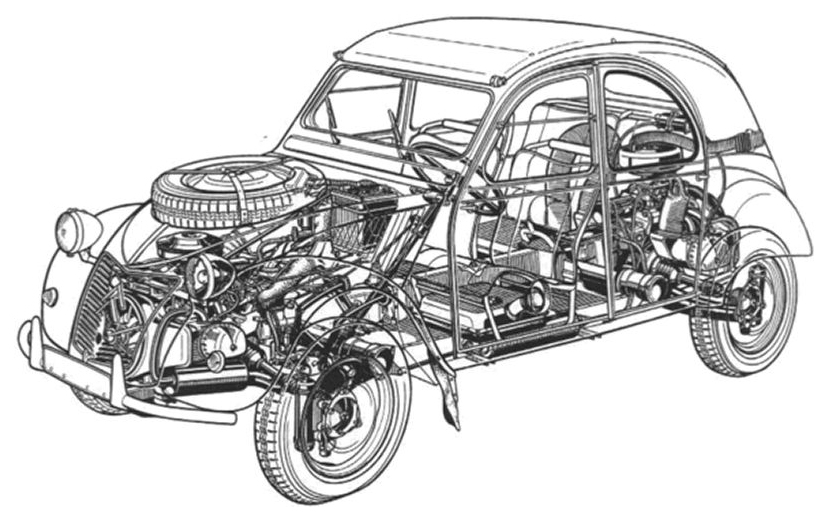
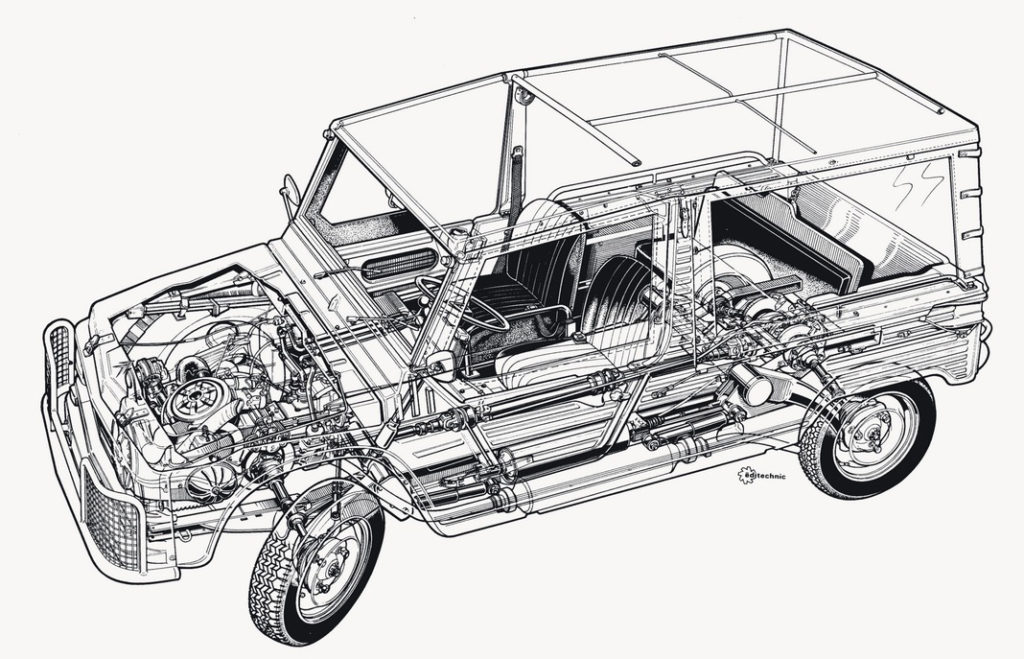
A few other companies have engineered a similar Méhari 4WD-like configuration for the 2CV. The most notable one is Barbour, who for over 30 years have been offering a 4×4 conversion kit for the FWD 2CV that adds differential, as well as frame and suspension enhancements. They offer the kits or fully converted cars from their workshop in Buckinghamshire, UK. http://barbour4x4.com/index.html.
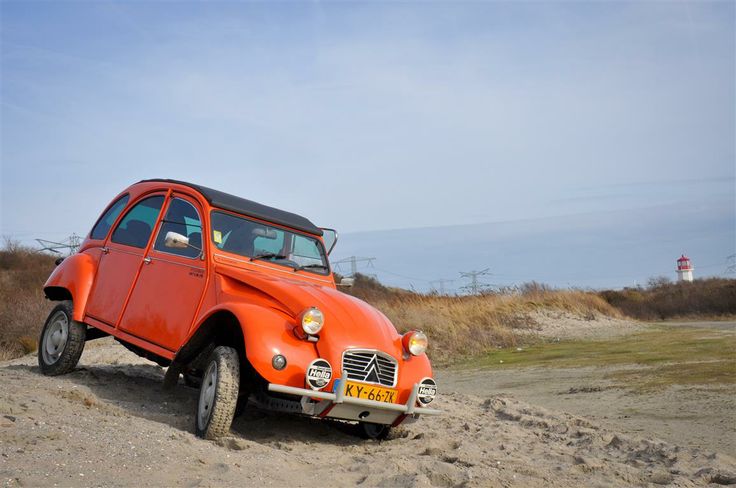

In this video posted by Srećko Višek from the Croatian 2CV Citroën Club, he and his friends take a Barbour 4×4 2CV and a standard 2CV and show the remarkable advantage the 4×4 has over just FWD for going up hills, crossing river beds and maneuvering in deep snow.

